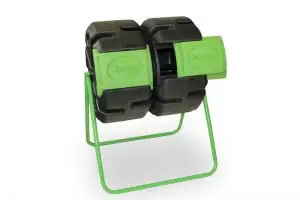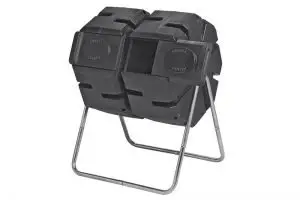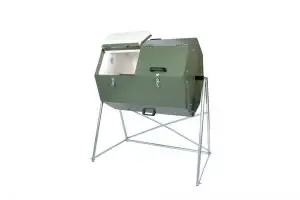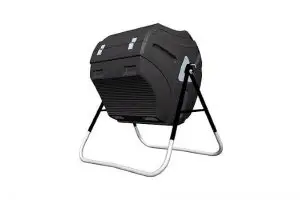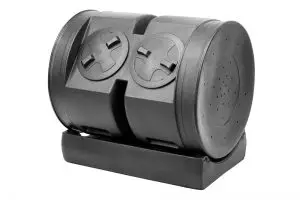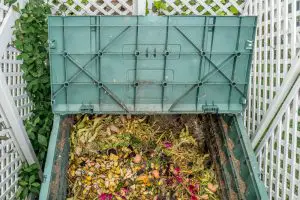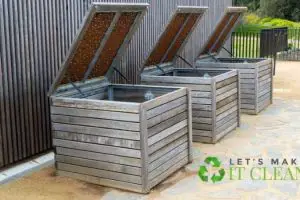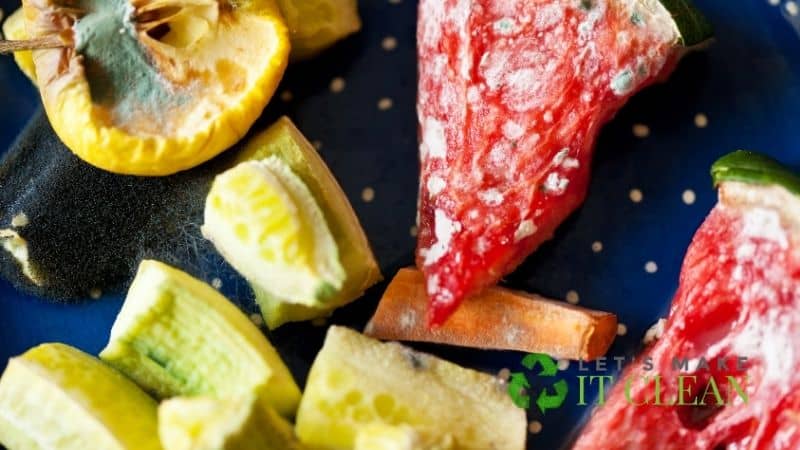Whenever you face a compost vs. humus terms dilemma, you need to look at the process each goes through. The process of making compost is distinct from the process of making humus.
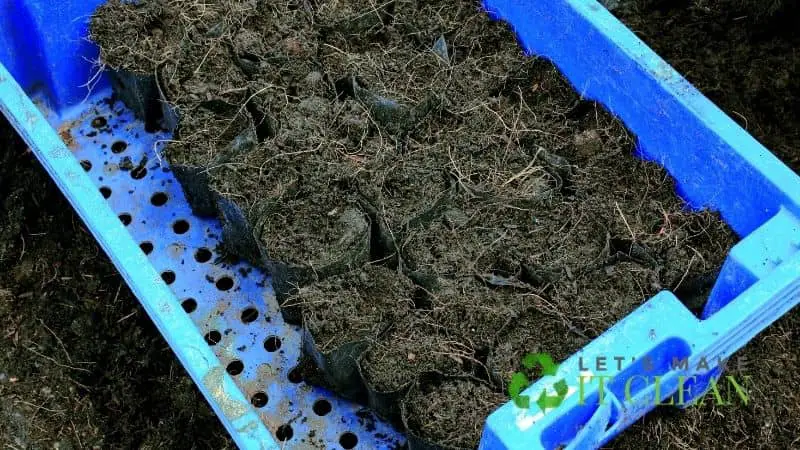
Composting involves recycling organic matter while making humus results from decaying organic matter. Humus forms very slowly, resulting in gardeners preferring compost over humus.
Quick Navigation
Are you wondering what is the difference is between humus and compost? Compost and humus may confuse many gardeners. They often use either thinking it is the latter.
The expected outcomes of using compost in your garden will not get realized as fast when you use humus. This is because humus involves slow release. This article helps you differentiate between humus and compost.
Humus vs Compost What’s the Difference?
To understand the difference between the terms humus and compost, you need to understand each material independently.
What Are Compost and Humus?
Compost
When you take kitchen waste, food waste, and other organic matter through the composting process, you get finished compost. The matter decomposes over time through microbial activities facilitated by microbes and other microorganisms in the compost.
Compost helps reduce the effect of waste being dumped unwisely. This is because people recycle organic matter to produce compost for gardening, which is a soil conditioner.
The nutrients contained in compost are numerous, making it vital in garden use. Gardeners often use the fertilizer in organic farming to get farm products that don’t contain harmful chemicals.
Horticulture, landscaping, and urban agriculture also benefit from using compost. Humus is added to the soil that compost is applied in.
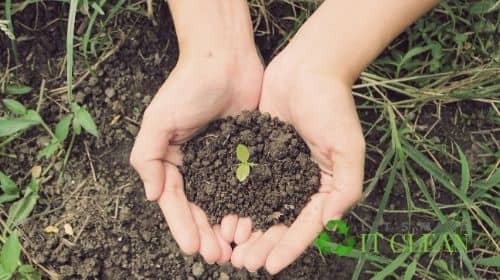
One of the benefits of using compost for gardening is that it helps reduce soil erosion and maintain ph levels.
The matter you use in the decomposition process, such as grass clippings, act as barriers to runoff water, trapping soils that attempt to be eroded. The nutrients from your compost pile in these soils will be retained on your farm.
Whenever you want to construct a wetland without clay soils, compost is a favorable option. The water retention capabilities of mushroom compost will aid you in achieving your gardening goals.
Part of the compost from the decomposition process also works as mulch when placed around the garden beds.
To make finished compost, you will need a compost heap made up of wet organic matter. This organic matter is green waste such as kitchen scraps, food scraps, vegetables, grass clippings, wood chips, tea bags, plant roots, coffee grounds, dry leaves, plant remnants, and other compostable materials.
Once you have added the organic materials to your preferred compost container, you will perform maintenance activities for a few months as the materials break down into humus.
The activities you will be doing include maintaining optimum temperature levels and checking the composter’s moisture level. You will also be required to turn the compost heap regularly to ensure proper aeration.
Bacterial and fungi are crucial elements in making compost since they help manage the chemical process. They convert compost pile inputs into carbon dioxide, ammonium, and heat.
Humus
The word humus in soil science refers to dead organic matter present at the top layer of garden soils. When plants and animals decompose on these soils, they form a humus layer. There are other ways that humus is formed just like compost has various ways of being made.
The same humus is formed when organic waste goes through decomposition and is usually a dark substance. Its color ranges from brown to black.
The life cycle of plants includes leaves and branches falling off at some point. These leaves and branches combine with other plant remnants, which have also fallen, creating a leaf litter layer.
Animals, too, have a life cycle that involves death. The carcasses of these animals will decompose the same way the plant materials decompose. The result is humus.
Earthworms work together with other soil organisms to incorporate the humus into your soil, enriching it.
When humus decomposes in your garden, you will begin to reap its benefits. The plants will then be able to use the humus in healthier development. In this manner, you will be fertilizing your soil using the decomposed humus.
Besides adding vital nutrients, including micronutrients to your soil, humus also impacts your soil’s texture. The texture of your soil will become loose to support better plant growth.
Air and water will move to different layers of the soil structure in your garden. The roots of your garden plants will also be able to access oxygen with ease.
If you add sufficient amounts of humus to your soils, you equip them with the ability to fight off some diseases. Soil-borne diseases will have a rough time surviving due to the conditions created by humus in the soil.
What Is Humus Soil?
Humus soil is the results you get after the organic matter decays. After the decaying process, you are left with loose materials that are crumbly.
Humus soil can facilitate an adequate drainage and soil facility that helps in the growth of plants.
There are different types of soils. One is the loamy soil that contains many soil nutrients, and hence it is the best in growing various plants. Apart from that, there is the clay soil known for its fertility and fine particles.
On the other hand, sandy soil contains big particles that drain faster than other soil types. It also contains fewer nutrients as they get drained in erosion.
The humus soil has a component known as humic acid that is important in supplying nutrients to the farming land. To improve the garden to ensure the production is good, one should add more humus.
How to Use Humus in the Garden (3 Easy Steps)
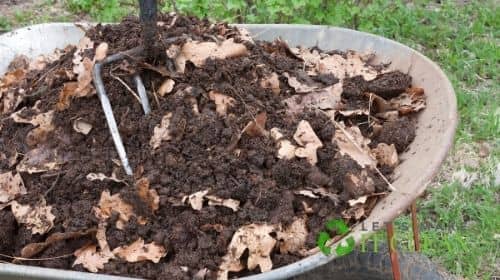
As seen above, to improve your garden you should add humus. This is because humus contains nutrients and minerals that are used by the plants. Apart from that, it contains microorganisms and bacteria that help break down some nutrients into the form needed by the plants.
Below are steps on how you can use humus in your garden.
1. Determine How Much Humus and Organic Matter Is Needed
The first step is determining how much humus you should add to the soil. But before adding the humus to the soil, you should ensure the soil is fine by loosening it up. This helps to improve the aeration of the soil. After that, ensure you mix the soil.
Measure a cubic foot of the humus and add it to a 25square feet area. The cubic foot is the same as a wheelbarrow. In case you add more than the above, the humus will have no adverse effect on the plants.
When mixing the soil and humus, the depth should be afoot and at least seven inches. This will ensure the two mix well. To ensure the soil is dug to that level.
2. Incorporate the Humus With the Soil
If the soil you are adding the humus is clay no need to prepare the soil as the particles are already fine. Use a shovel to spread the humus and ensure it is an even layer. Working in small areas is advised as the nutrients can’t get lost from exposing them to the element, an example, rain.
After applying the humus, remix the soil. You can apply the soil twice to help increase effectiveness. All you need is to apply the second time a day apart from the first time you applied.
3. Using Humus on Rooting Beds
You can use humus on a rooting bed or even potting soil. Start by filling the bed with dry leaves and then add the humus. After that, add the sand on top of the humus. The sand layer helps in ensuring moisture gets retained.
With the above set up, new plants will thrive as they spread their roots without any obstacle. The sand also will help in retaining the nutrient by preventing it from running off. The humus’ fine texture will make it easy to uproot the seedlings when transferring them.
How to Make Humus Soil: A Step-by-step Guide
Some gardening books don’t have a table of contents that reduces the confusion of making humus. Here is a detailed guide.
To make humus, you need to select a spot in your garden that you will use. The spot you pick must have adequate space for the activities facilitating the process. If you don’t have a lot of space, you can use a large compost bin.
Now add the appropriate material for making humus. Some of the organic content for this process include vegetable scraps, dry leaves, fruit scraps, grass clippings, eggshells, and shredded newspaper.
Avoid adding materials such as meat, plant material treated with pesticides, metallic objects, or plastic. In simple terms, avoid content that you cannot consume, content harmful to plants, or material that is likely to produce a stench when decaying.
Once your heap is complete, ensure the pile is regularly. This will regulate the pile’s temperature hastening the decomposition. Also, monitor the moisture levels.
The color of your heap getting dark signals you that the humus is ready for farm use.
Can You Have Too Much Humus?
Whenever you have excess amounts of organic matter in your soil, you expose your crops to health threats. Since humus is from decomposed organic materials, it is possible to have too much humus in your soil.
The parts of your garden that you do not continuously harvest from do not require more than a layer of two inches of organic matter. The garden parts include flower beds and shrub borders.
Kitchen gardens and other regions that you harvest from will require more humus than other regions. This is because the nutrients need in these regularly harvested from regions higher.
Conclusion
Compost and humus have different elements. As identified in this article, you need to understand each process to know their difference.
Both humus and compost are beneficial to the soil and overall plant growth.
Compost and humus make useful fertilizer as you compost waste material and vegetables for stability in your garden.

